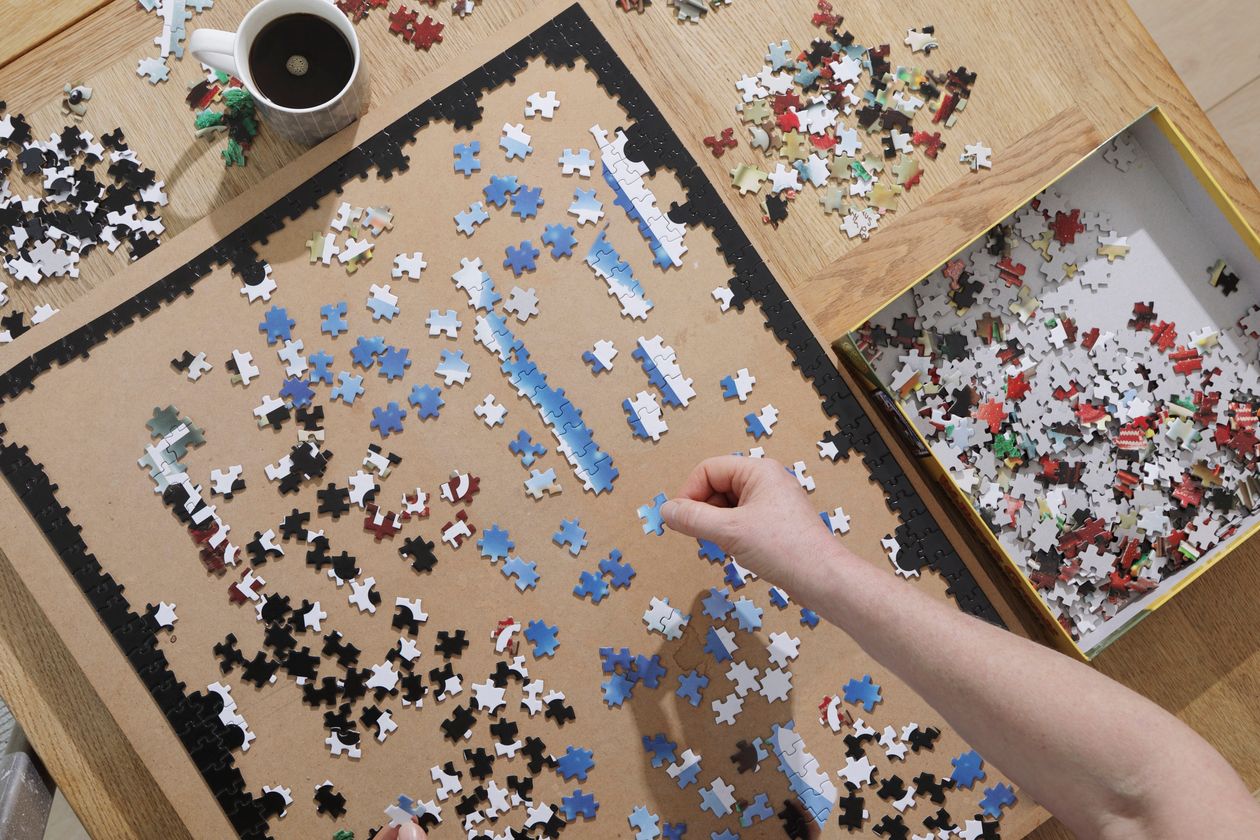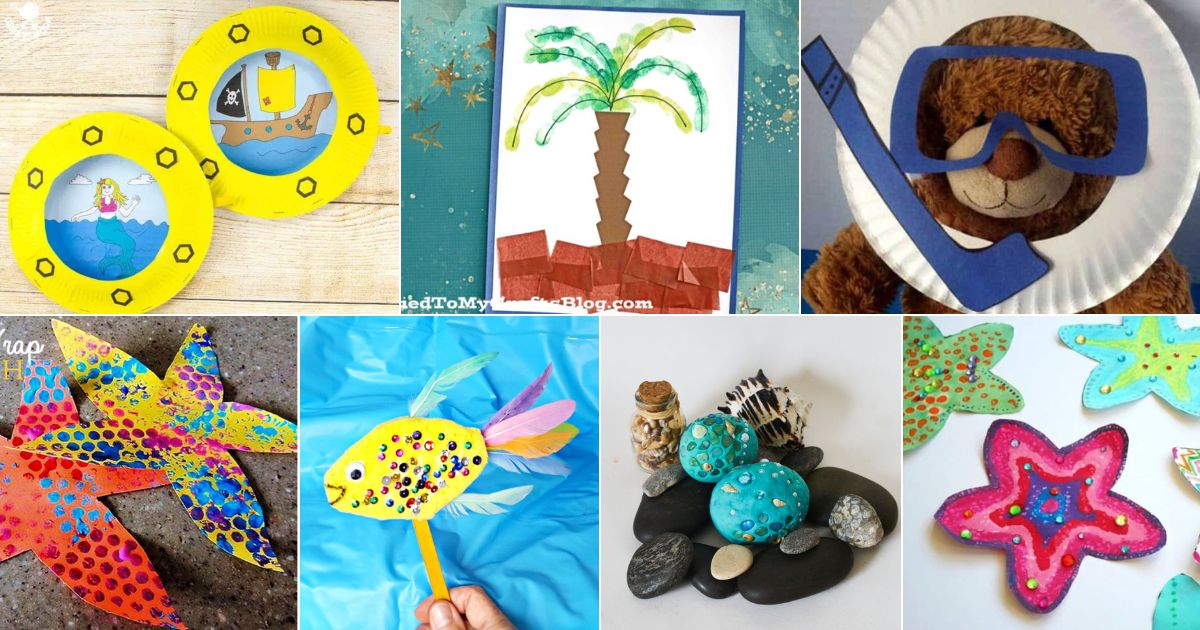
There are many ways you can recycle crafts. To create many projects, you can use magazines and newspapers. You can also use your old toys and clothes to make DIY projects. Many thrift shops and local businesses will sell recycled materials. Make sure to check the label to ensure it is recyclable.
Recycling
Craft recycling allows you to recycle old items and make new ones. This creative process can be used on both small and large scales. You can even recycle jeans, sweaters and produce bags. You can even recycle coffee filters into useful crafts items.

Ideas for making recycled crafts
Recycling is a great method to reduce waste. It can be used in many different ways, including for crafting. The materials you can use are paper, plastics, aluminum, glass and tin containers. These materials can also be used to make many crafts, such as paper-mache potters.
There are many ways to recycle materials
Recycled materials make great crafting tools. To make recycled crafting materials, you can use old jeans and sweaters, as well as coffee filters, tea bags and mesh produce bags. These materials can be reused for many crafts projects and will benefit the environment.
Scrap to make treasure crafts
It is my favorite hobby to recycle old junk and make it into treasure. There's no greater feeling than turning something unwanted into something useful. Some of the following projects were started as trash and were saved from donation bins or thrift shops.
Recycle newspaper in a variety of ways
There are plenty of ways to reuse newspapers, including as craft materials. They can be used to wrap presents as they don’t leave behind any lint. You can even crumple a few newspapers and use them to clean windows and other surfaces. The crumpled newspapers work well with a solution of water and vinegar or your favorite glass cleaner. Newspaper is great for protecting surfaces from painting spillages. It also works well as a protective lining for hamster cages. You won't need to replace the lining often.

Recycling tee shirt shirts
If you want to recycle tee shirts, there are several options available. You may be able to recycle some types of clothing through special programs offered by companies. Some types of clothing can be recycled with these programs, which offer discounts and allow you to return them. Others offer a way to reuse the shirts for craft projects.
FAQ
What are some good hobby ideas?
Hobby Ideas For People Who Love to Teach and Learn.
Hobbies allow you to enjoy what you love while also learning new things.
There are many kinds of hobbies. However, all have the same characteristics. These are fun, easy activities that cost little and don't take too much effort.
These include working with others to teach someone how to use an instrument or build an airplane.
You may not think of yourself as a teacher but there might be something you could do in order to help someone else learn.
So if you want to be more creative in your life, consider starting a hobby where you can use your skills to help others.
What are educational hobbies, you ask?
An educational hobby is an activity where you learn something by doing it. This could be anything you want, such as playing sports or learning how to play an instruments.
It should be enjoyable and fun for you. It doesn't have to be done all the time. However, if you get bored of it, you should think about other things you can do instead.
These activities can also be costly so make sure you don't spend too much.
How do you get started with your new hobby or interest?
You must decide what hobby you want before you start any new hobby.
Once you've chosen your subject, you need to be passionate about it.
It's important to understand why you want to start a particular hobby. It will provide you with direction and purpose.
Once you decide what kind of hobby you want, you can start planning.
You should think about the equipment you'll need.
You should consider whether or not you will need to take classes or attend seminars.
Make sure you have enough space for your hobby.
Consider joining a club, or group. These groups often offer advice and support.
The last thing you should do is think about how much money it would cost to pursue your hobby.
Statistics
- Studies show that just six minutes of reading can reduce stress levels by 60 percent. (oberlo.com)
- I am 100% biologically a woman (discover.hubpages.com)
- In comparison, men in the “no humor” condition were refused 84.6% of the time and were only accepted 15.4% of the time. (time.com)
- 37% Video Games 36% Travel 36% Health and Fitness (quizexpo.com)
- This 100% accurate personality-analyzing hobby quiz discovers your passion based on your characteristics. (quizexpo.com)
External Links
How To
How to begin gardening
Gardening is one form of agriculture that dates back to the beginning. It requires persistence, patience, and determination. The first step in starting your own garden is choosing a location where you want to grow food. You could choose to plant food on a large parcel of land, or in your own backyard. Next, select the kind of plants that are most appealing to you. Do you prefer flowers over vegetables? Some people love to grow herbs, while others enjoy raising animals like rabbits. Before you decide on what type of crops to plant you need to take into consideration how much space you have. If you live somewhere that has cold winters, it might be a good idea to grow berries or fruits.
Once you have chosen what you will be planting, you must take some time to prepare your soil. Your plants' success or failure will depend on the soil they are placed in. A good soil has organic matter which helps to feed the roots of your plants. Organic matter includes leaves, twigs (grass clippings), manure, compost, and manure. Once your soil is prepared, it's time to add nutrients. Depending on the type of plants you plan to grow, you may need different amounts of nitrogen, phosphorus, potassium, calcium, magnesium, boron, zinc, copper, manganese, iron, molybdenum, chlorine, sulfur, sodium, and so on. You can calculate these values online with a fertilizer calculator. Many fertilizers are on offer, so make sure that you know which one you are buying.
After you have prepared your soil, and added the correct nutrients, you will need to wait until your seed germinates. The process can take between 2 and 3 months depending on how hot or cold it is in your region. Once the seeds have sprouted you will need to water them often. Overwatering your plants can lead to problems. Make sure to give your plants water at regular times and not overwater. Overwatering can cause root rot or fungal diseases. When watering your plants, remember that most plants require less water during the warm summer months than in winter. Also, remember that certain plants need to dry out after watered. For example, tomatoes need to stay slightly moist but not wet. They are not happy to be in soggy soil. After they have finished flowering, they must go dormant. Dormancy is when plants stop producing new growth and begin storing energy for the next season's harvest. The plant ceases sending signals to its roots to produce food during dormancy. During this period, plants continue to store energy. However, the plant will die if temperatures drop below freezing or there is insufficient sunlight.
Urban environments may limit the variety of plants you can grow. Concrete sidewalks and roads, as well as parking lots, are common in urban areas. This blocks sunlight from reaching the ground. Concrete absorbs light which blocks sunlight from reaching the ground below. Because of this lack of sunlight, many plants cannot survive in cities. Many plants can still thrive in urban settings. Many trees, shrubs, and perennials can adapt to city living. In addition, many annuals can be grown indoors in containers. Container gardens allow you to bring fresh greenery into your home year-round regardless of the weather outside.
You are now ready for planting!